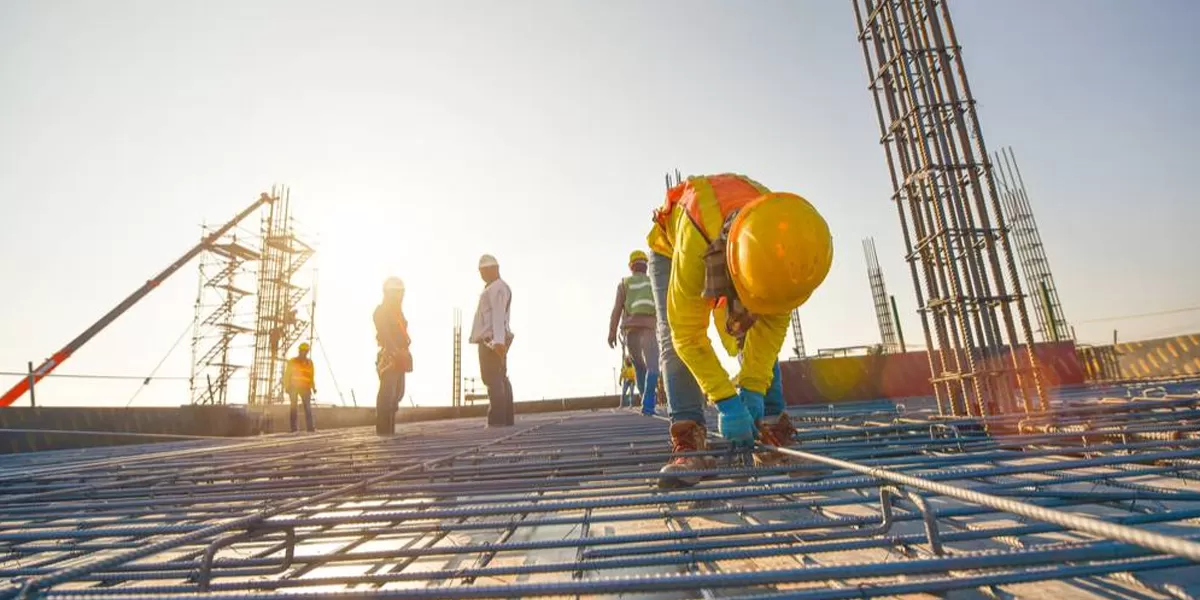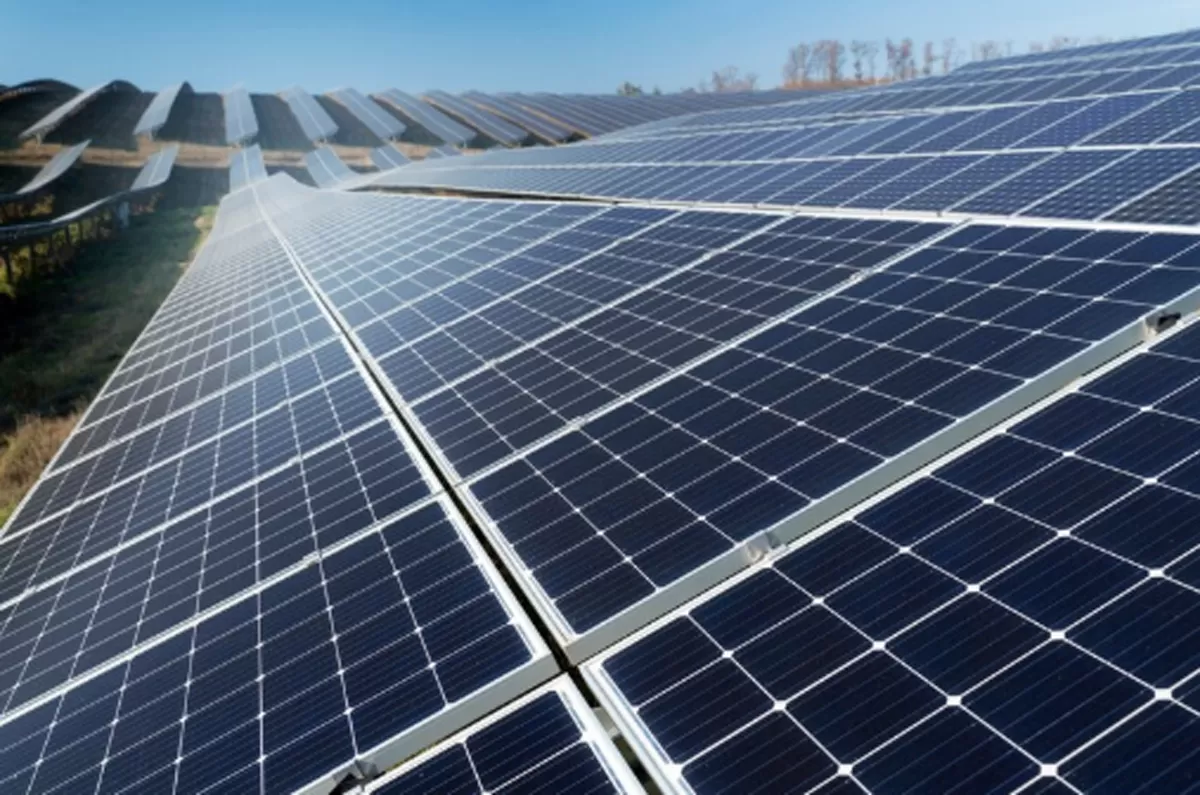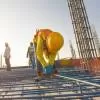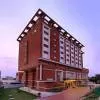

86 Projects Worth Rs 3.14 Billion Under Construction Post IKGS
A total of 86 projects, with combined investments of Rs 3.14 billion, which received Expressions of Interest (EOIs) at the Invest Kerala Global Summit (IKGS) held in Kochi last February, have commenced construction, said P Rajeeve, Kerala’s Minister for Industries, Law and Coir.“The IKGS attracted 424 investment projects worth Rs 17.77 billion. Of these, over 20 per cent have already begun construction,” the minister noted. Upon completion, these 86 projects are expected to generate approximately 40,439 jobs. While 268 projects have secured land, 156 are still awaiting land allotment.Raj..

Shakti Pumps Raises Rs 2.92 Bn via QIP for Solar Expansion
Shakti Pumps (India) has successfully concluded its Qualified Institutions Placement (QIP), raising Rs 2.92 billion from prominent institutional investors. The issue received strong interest from both existing and new investors, reflecting their confidence in the company’s long-term growth trajectory.The funds raised will be deployed to establish a greenfield high-efficiency solar DCR cell and solar PV module manufacturing facility in Pithampur, Madhya Pradesh. The project, to be undertaken through its subsidiary Shakti Energy Solutions, will have a production capacity of 2.20 GW. This move ..

Orient Technologies Unveils New Digital Identity on 28th Foundation Day
Orient Technologies, a leading provider of digital transformation and IT infrastructure services, has launched its refreshed digital identity to mark its 28th Foundation Day. The new identity reflects the company’s evolution from a trusted systems integrator to a strategic partner in digital transformation, while reaffirming its commitment to customer-centric innovation.Central to the brand refresh is the upgraded website, designed for intuitive navigation and aligned with client expectations. Services are now streamlined under two clear verticals—IT Infrastructure Solutions and Applicatio..


















